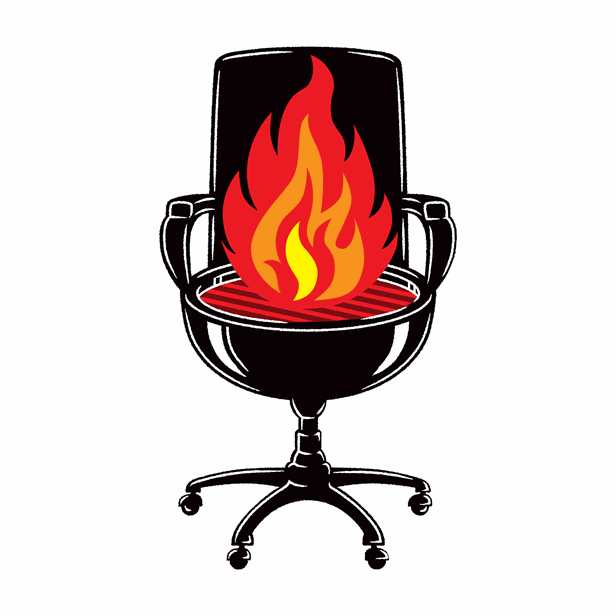5 crisis lessons from a former Director of the White House Situation Room.
It is 8 a.m. on a Tuesday morning and the Director of the White House Military Office is on the phone telling me about a situation that is urgently unfolding overseas…
Thus begins another day running the White House Situation Room – the President’s 24/7 operations and information center. From my tiny office, I can see the deputy secretaries of the departments of State and Defense arriving for a meeting. As they secure their mobile devices and head to the large conference room, I hear a buzz building on the watchfloor – something bad has happened. I step out of my office to overhear the chatter – a bombing in a foreign country – as the duty officers are reaching out to other federal operations centers to learn what is known.

Before the team can send an email notification about the bombing, the National Security Advisor calls for an update (based on a CNN report). The President’s assistant calls with an urgent request to connect the President to a foreign leader on an economic issue.
It isn’t even 8:15.
The Situation Room – actually a suite of small rooms taking up over 5,000 square feet of space in the White House – was established in 1961 after the Bay of Pigs to provide the President with timely and unbiased information. It is an information watch and warning center for the White House leadership and the National Security Council staff. Situation Room staff provide the first official alerts about events breaking worldwide. We are the hub for crisis management. The staff – mostly military and intelligence officers with backgrounds in collection, analysis, communications and technology – spend one to three years assigned to the Situation Room from other federal departments and agencies.
Leading the White House Situation Room provided a front seat to crisis leadership and the ways in which we prepare for and respond to crises, including the operational, such as standard operating procedures and training programs, and the interpersonal, focusing on relationships and leadership. Lessons from the Situation Room demonstrate the importance of these foundations.
Lesson 1: No two crises are the same. An active shooter at a federal facility in Kentucky versus a terrorist attack unfolding across Paris. These events have commonalities – unfolding in real time, casualties, Americans affected – but their differences are important. Different partners (homeland security organizations versus intelligence or diplomatic agencies), stakeholders (domestic response versus international engagement), even time zones (important when planning calls to a governor versus calls to a foreign leader).
Anticipating crises and having plans for how you respond are essential to successfully leading through a crisis. Plans help standardize responses and reduce pressures that arise by identifying initial steps to take. Since no two situations are the same, it is key that organizations keep thinking and innovating. During a crisis, questions of “who needs to know?,” “what would I need to know to make a decision/respond?” or “what are we not thinking of?” keep the organization engaged in the crisis to ensure effective information gathering and facilitate an appropriate response.
Lesson 2: Train and exercise. Who briefs the President as a crisis unfolds? The military aide (milaide)? The National Security Advisor? What if the President wants to make a call – who sets the call up? In both real scenarios and in crisis exercises, these were often the tripwires for confusion: the milaide follows up on the President’s request by reaching out to the White House Communications Agency to set up a call to a foreign head of state without realizing that the National Security Advisor has tasked the Situation Room with the same call.
Training and exercises help socialize plans, generate creative thinking through worst-case scenarios, and build trust and communications within and across teams. Training and exercises are most valuable when you test communications and integration across relevant parts of an organization. In a hierarchical setting, it’s far too easy to simply relay information straight up without context. By setting up plans that avoid such stove piping, leadership can, in the moment, more clearly understand roles and responsibilities, and identify efforts that are duplicated and those that are left unattended. Training and exercises also provide feedback for plans, making sure they reflect current organizational structures, functions and responsibilities.
